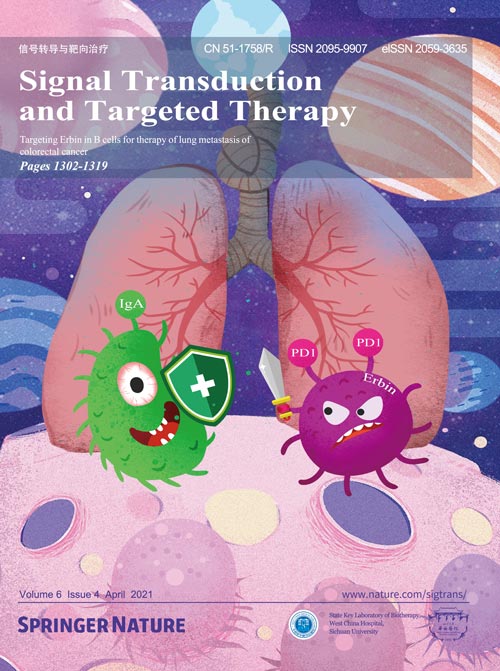Volume 6 Issue 4, Apr 2021:
Article
Gender associates with both susceptibility to infection and pathogenesis of SARS-CoV-2 in Syrian hamster
Lunzhi Yuan,Huachen Zhu,Ming Zhou,Jian Ma,Rirong Chen,Yao Chen,Liqiang Chen,Kun Wu,Minping Cai,Junping Hong,Lifeng Li,Che Liu,Huan Yu,Yali Zhang,Jia Wang,Tianying Zhang,Shengxiang Ge,Jun Zhang,Quan Yuan
ORCID: orcid.org/0000-0001-5487-561X,Yixin Chen,Qiyi Tang
ORCID: orcid.org/0000-0002-6487-2356,Honglin Chen,Tong Cheng,Yi Guan &…Ningshao Xia
ORCID: orcid.org/0000-0003-0179-5266
Epidemiological studies of the COVID-19 patients have suggested the male bias in outcomes of lung illness. To experimentally demonstrate the epidemiological results, we performed animal studies to infect male and female Syrian hamsters with SARS-CoV-2. Remarkably, high viral titer in nasal washings was detectable in male hamsters who presented symptoms of weight loss, weakness, piloerection, hunched back and abdominal respiration, as well as severe pneumonia, pulmonary edema, consolidation, and fibrosis. In contrast with the males, the female hamsters showed much lower shedding viral titers, moderate symptoms, and relatively mild lung pathogenesis. The obvious differences in the susceptibility to SARS-CoV-2 and severity of lung pathogenesis between male and female hamsters provided experimental evidence that SARS-CoV-2 infection and the severity of COVID-19 are associated with gender.
